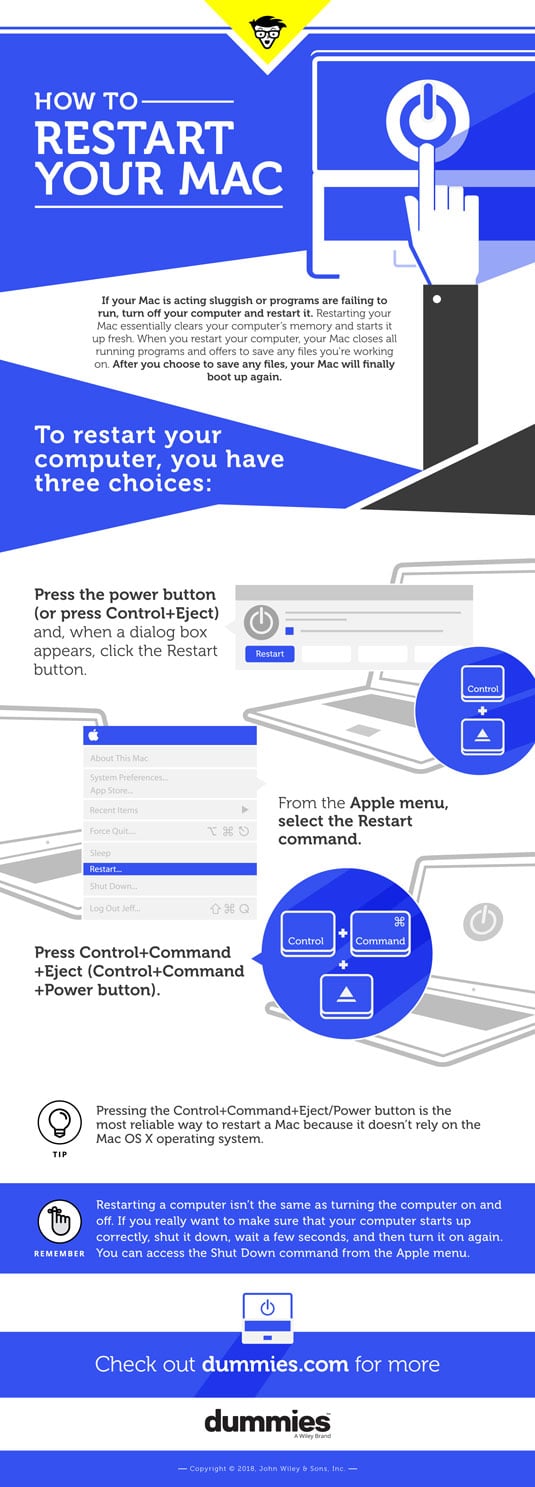

rw-rw-rw- 1 root wheel 16 Sep 13 20:45 test.txt rw-rw-rw- 1 root wheel 20 Sep 13 21:51 suckage.txt Watch cp ~/Desktop/suckage.txt ls -laĭrwxr-xr-x+ 35 dossy staff 1190 Sep 13 20:57. Say what? I don’t have sufficient privileges? Finder, you’re crazy. I create a small test file called “suckage.txt” and try to copy it to the sshfs mount:Īttempting this copy operation results in this error dialog: There, we can write to this remote filesystem just fine–this is great! But, this was all from the shell, what about from the Finder? Ahh, this is where things start to suck hard. ĭrwxrwxrwx 1 root wheel 0 Sep 13 18:23 echo "This is a test." > cat test.txt Lets make sure we can write to cd ls -laĭrwxrwxrwx 1 root wheel 4096 Sep 13 20:40.
Restart macfusion mac#
I’m mounting the subdirectory /share on foobar to my local mountpoint named “x” as a Mac volume named “x”. Nothing surprising: this just works as you’d expect. I start out by using sshfs to mount the remote sshfs foobar:/share x -o volname=x

In general, this works great you only need SSH access to the remote host–not SMB, CIFS, or any other standard, but perhaps firewalled, network file sharing protocol.īut, what if the remote filesystem you want to mount is actually a mounted SMB share? You would think it should “just work,” right? It kind of does, sorta. In short, the idea is you use ssh/sftp to connect to a remote system and “mount” its filesystem (using the SSH connection) so that it appears as a mounted volume on your local machine. So, what gives? How can I get a "clean" restart of Fusion without having to reboot my whole Mac? Thanks in advance.One of the things I’m trying to do is mount remote filesystems on my Mac using MacFUSE and sshfs. I've tried just killing the ongoing procs from the terminal, but doing that just makes things weirder (Fusion wont' run VM), and requires a reboot to solve. Every time I have to do that, I think ugly things about VMWare, and I'm sure that's not what they want. So, what I'd love to know is how I can COMPLETELY unload Fusion and all its processes, and then start it up again, without restarting the whole machine. It's clear to me that the weirdness I periodically experience is persisted by these processes, or why else would restarting Fusion not solve the problem when a reboot does?

I'm not sure why they feel the need to do this, but there it is. It appears VMWare leaves a bundle of processes running all the time, even when Fusion itself isn't running. I'm an old Unix nerd, so I started poking around. I've experienced this across multiple Macs, so it's not a machine-specific issue.) VMWare Fusion will occasionally get confused about something, and either consistently lose its network connection, or the keyboard, or whatever, and quitting-and-restarting Fusion won't solve the problem. However, there's one other event that I seem to encounter that requires a reboot, and it annoys the bejesus out of me.
Restart macfusion install#
This is usually only interrupted when Apple releases a security update, or I install something with a kernel extension, or whatever. My Mac runs for months without requiring a reboot, so I get pretty attached to the state I leave it in - apps are open, I've got the right files in front of me, etc.


 0 kommentar(er)
0 kommentar(er)
